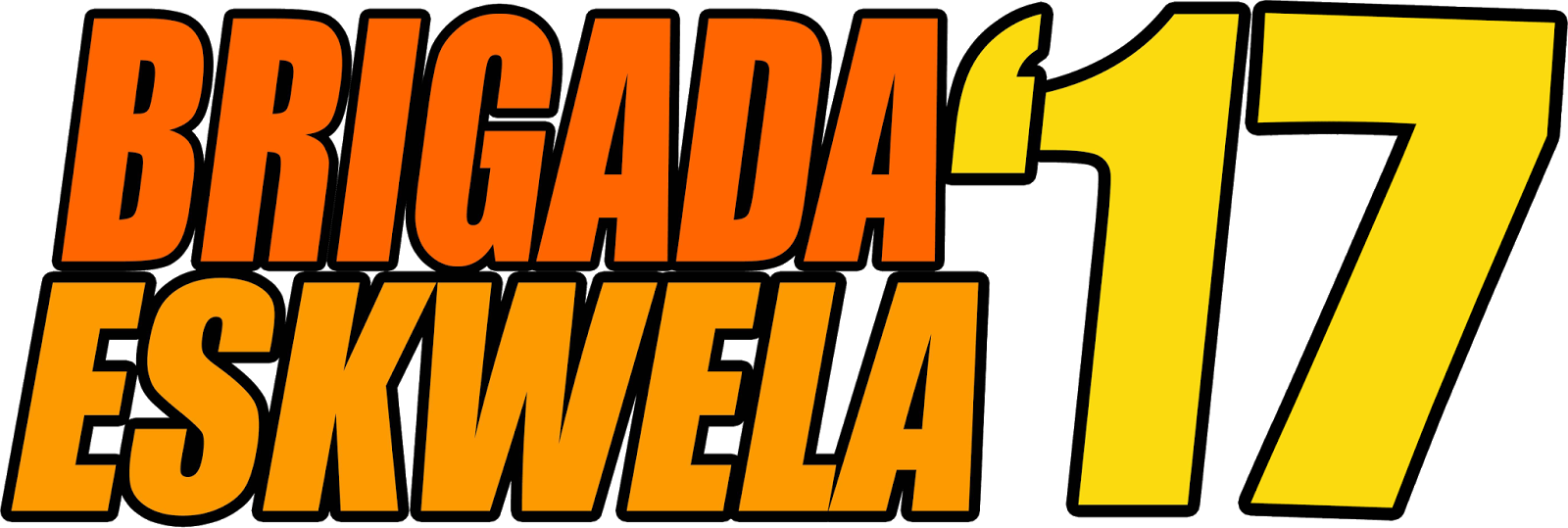Teachers with at least one year of teaching experience, including teachers with private school and higher education institution teaching experience are not obliged to prepare a Detailed Lesson Plan (DLP). Teachers who have been in the service for at least one year, teaching subjects with available LMs and TGs provided by the Department shall also not be required to prepare a DLP.
The DLL is composed of the following parts:
I. Objectives
This part of the DLL includes objectives related to content knowledge and competencies.
The lesson objectives describe the behavior or performance teachers want learners to exhibit in order to consider them competent. The objectives state what the teacher intends to teach and serve as a guide for instruction and assessment.
The content standards refer to the learning area-based facts, concepts, and procedures that students need to learn, while the competencies pertain to the knowledge, skills, and attitudes that students need to demonstrate in a lesson. The competency codes indicated in the curriculum guide are also logged in this part of the DLL.
II. Content
The topic or subject matter pertains to the particular content that the lesson focuses on.
III. Learning Resources
This part of the DLL asks teachers to log the references and other learning resources that the teacher will use for the lesson. The references include the particular pages of the TG, LM, textbook, and the additional materialsfrom the LRMDS portal. The other learning resources refer to materials such as those that are teacher-made, authentic, and others not included in the references. This part of the DLL can also include the supplies, equipment, tools and other non-print materials needed for activities before, during, and after the lesson.
IV. Procedures
This part of the DLL contains ten (10) parts including:
a) Reviewing previous lesson/s or presenting the new lesson. This part connects the lesson with learners’ prior knowledge. It explicitly teaches the learners how the new lesson connects to previous lessons. It also reviews and presents new lessons in a systematic manner;
b) Establishing a purpose for the lesson will motivate the learner to learn the new lesson. It encourages them to ask questions about the new topic and helps establish a reason for learning the new lesson;
c) Presenting examples/instances of the new shows instances of the content and
competencies. This is also where the concepts are clarified;
d) Discussing new concepts leads to the first formative assessment. Teachers shall prepare good questions for this part. The teacher will listen to the answers of learners to gauge if they understood the lesson. If not, then they re-teach. If the learners have understood the lesson, the teacher shall proceed to deepening the lesson;
e) Continuation of the discussion of new concepts leading to the second formative assessment that deepens the lesson and shows learners new ways of applying learning. The teacher can use pair, group, and team work to help learners discuss the lesson among themselves. The learners can present their work to the class and this serves as the teacher’s way of assessing if the concepts are solidifying and if their skills are developing;
f) Developing mastery, which leads to the third formative assessment, can be done through more individual work activities such as writing, creative ways of representing learning, dramatizing, etc. The teacher shall ask learners to demonstrate their learning through assessable activities such as quizzes, worksheets, seat work, and games. When the students demonstrate learning, then proceed to the next step. The teacher can add activities as needed until formative assessment shows that the learners are confident in their knowledge and competencies;
g) Finding practical applications of concepts and skills in daily living which can develop appreciation and valuing for students’ learning by bridging the lesson to daily living. This will also establish relevance in the lesson;
h) Making generalizations and abstractions about the lesson will conclude the lesson by asking learners good questions that will help them crystallize their learning so they can declare knowledge and demonstrate their skills;
i) Evaluating learning is a way of assessing the learners and whether the learning objectives have been met. Evaluation should tap into the three types of objectives; and
j) Additional activities for application or remediation will be based on the formative assessments and will provide children with enrichment or remedial activities. The teacher should provide extra time for additional teaching activities to those learners demonstrating that they have difficulties with the lesson.
Flexibility is allowed in the delivery of the DLL procedures. Teachers do not need to go through all ten (10) parts in every lesson. Teachers need to ensure that the procedures of the lesson lead to the achievement of the stated objectives. The formative assessment methods to be used by the teacher should determine if the objectives of the lesson are being met. These ten parts should be done across the week.
V. Remarks
This is a part of the DLL in which teachers shall indicate special cases including but not limited to continuation of lesson plan to the following day in case of re-teaching or lack of time, transfer of lesson to the following day in cases of
class suspension, etc.
VI. Reflection
This part of the DLL requires teachers to reflect on and assess their effectiveness. In this part of the DLL, the teacher should make notes on the number of learners who earned 80% in the evaluation, the number of learners who require additional activities for remediation and those who continue to require remediation, the effectiveness of the remedial lesson, the teaching strategies or methods that worked well and why, and the difficulties teachers encountered that their principal or supervisor can help solve.
Reference: Deped Order No. 42 s. 2016. Policy Guidelines on Daily Lesson Preparation for the K to 12 Basic Education Program


